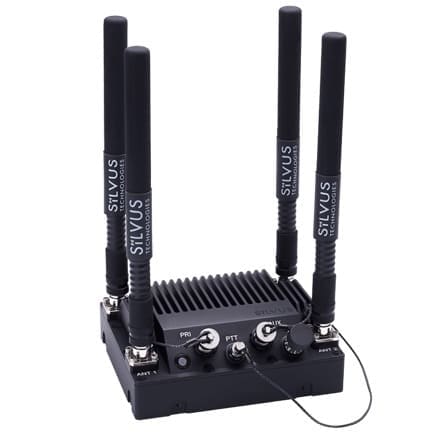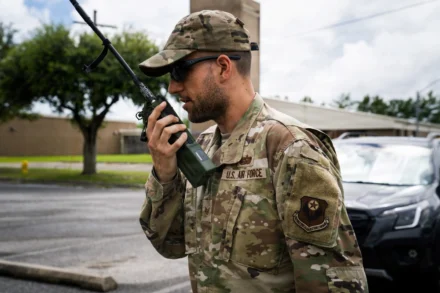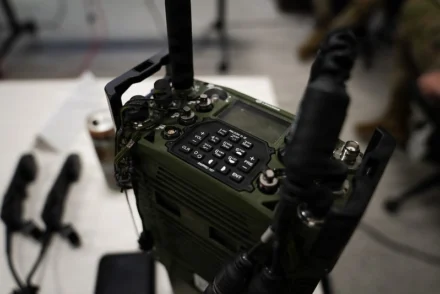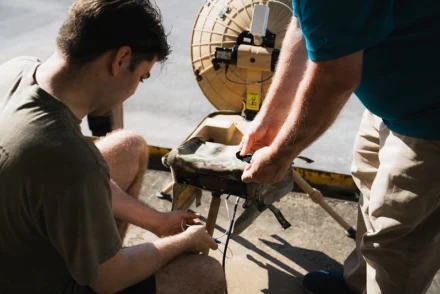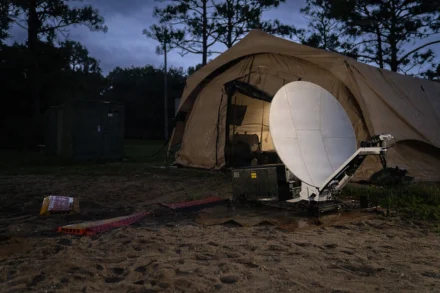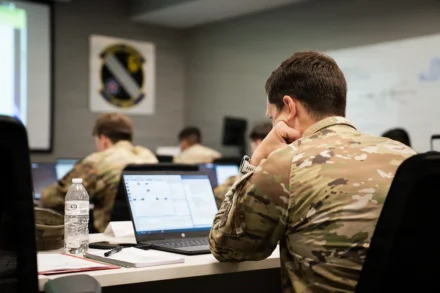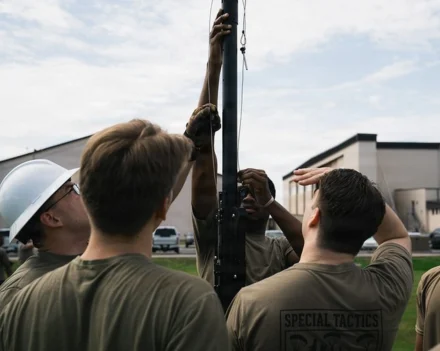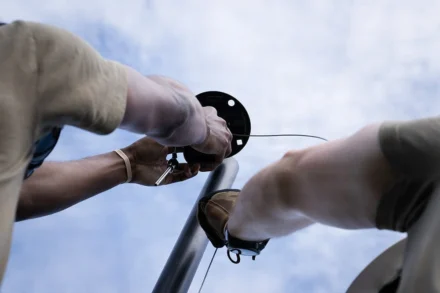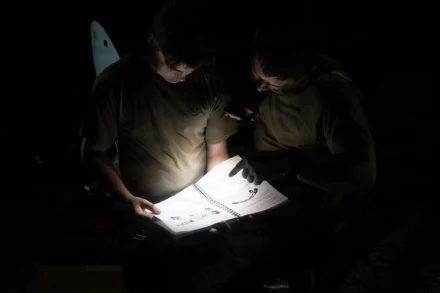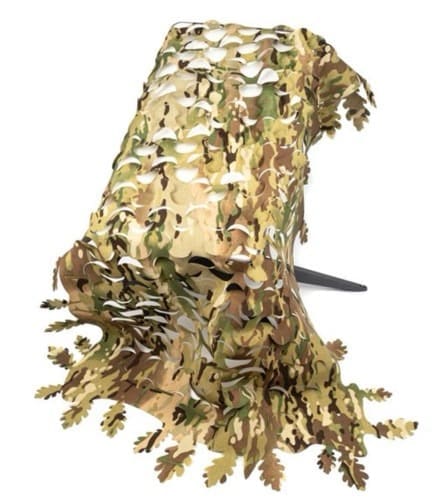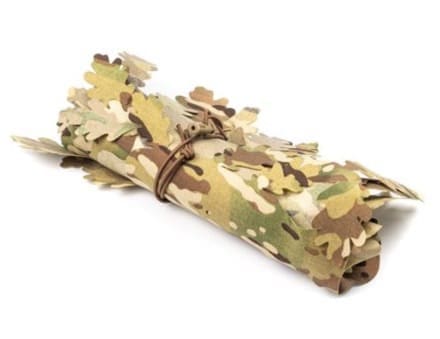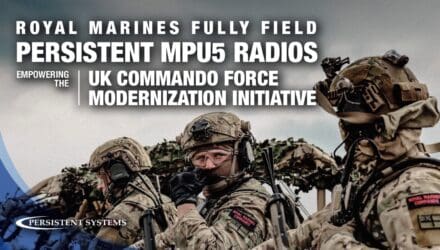STAVANGER, Norway, Dec. 2, 2025 – COMROD, a leading Norwegian provider of advanced tactical communications and power solutions for the defence industry, as well as specialist utility and infrastructure systems, today announced that Bridgepoint, one of the world’s leading mid-market investors, will become the company’s new majority owner.

Bridgepoint, through its Bridgepoint Development Capital V fund, will acquire a controlling stake in COMROD. This investment represents a significant milestone in COMROD’s growth journey, reinforcing its ambition to strengthen its position as a premier provider of tactical communication systems for the defence sector and specialist electricity utility solutions.
A Partnership Focused on Growth and Innovation
The partnership is designed to support COMROD’s continued expansion as a global leader in defence communications and capitalise on its position as a trusted partner to NATO allies, defence integrators, and Tier-1 primes.
Key focus areas under the new ownership will include:
International Expansion: Accelerating COMROD’s growth and further scaling of the company internationally.
Investment in R&D: Supporting significant investment in R&D capabilities to drive innovation.
Operational Excellence: Strengthening operational excellence and automation further across the Group.
Strategic M&A: Executing a targeted buy-and-build strategy to accelerate growth, particularly in emerging domains such as unmanned systems and electronic warfare.
COMROD’s product portfolio, which includes mission-critical products and systems such as antennas, masts, amplifiers, and power supply systems, underpins secure and resilient tactical communications on the battlefield. The company also supplies specialist infrastructure solutions, including composite utility poles and monitoring systems for power distribution networks.
Management Commentary
Ole-Gunnar Fjelde, CEO of COMROD, commented:
“We are excited to partner with the Bridgepoint team. The investment from Bridgepoint represents an important milestone in our journey to strengthen our position as a leading provider of tactical communication systems for the defence sector and specialist utility solutions. In Bridgepoint, we have found a partner that shares our values and can support us in realising our next phase of growth.”
Johan Dahlfors, Partner and Co-Head of the Nordics at Bridgepoint, added:
“COMROD represents an opportunity to back a global leader in a specialised, rapidly growing segment of the defence communications market. The firm combines deep engineering expertise, trusted customer relationships and a proven track record of delivery across long-term defence programmes. We look forward to supporting the team as they continue to scale COMROD internationally and invest further in innovation.”
Transaction Details
COMROD and its shareholders were advised by Alpha Corporate Finance (M&A adviser), Schjødt (legal adviser), and EY (financial and tax adviser). The transaction is expected to complete in 2026, subject to customary regulatory approvals. Financial terms were not disclosed.


